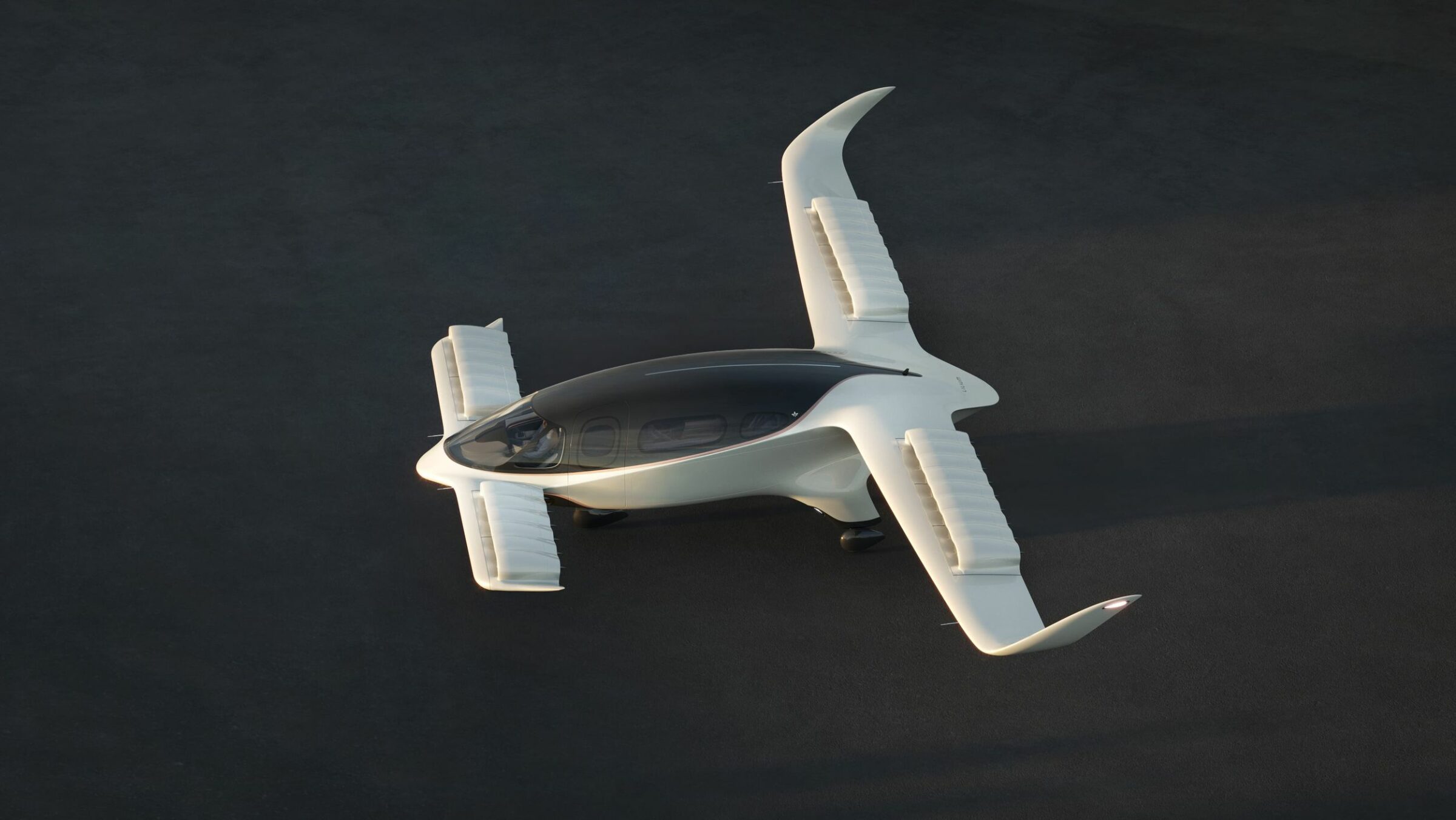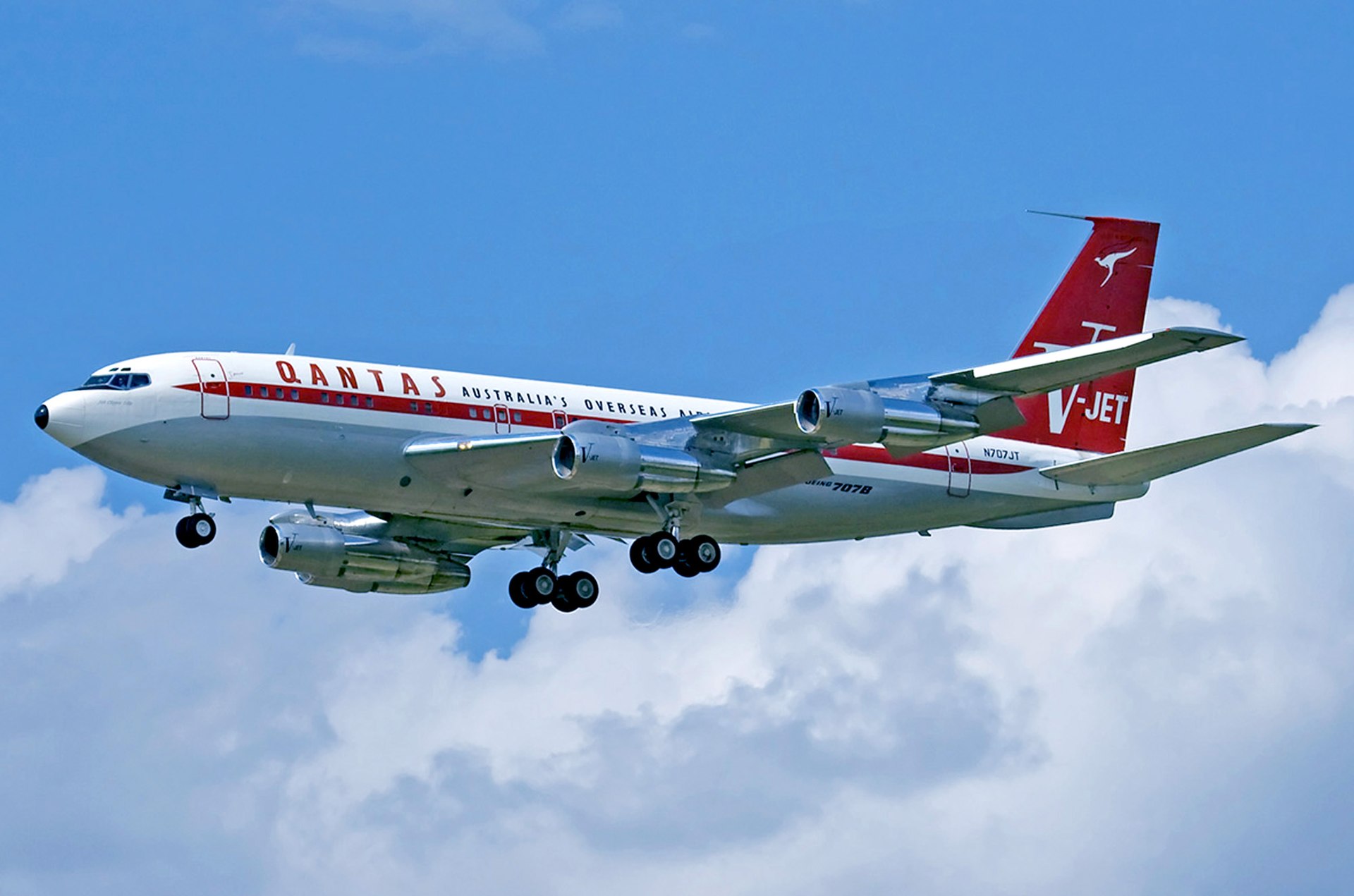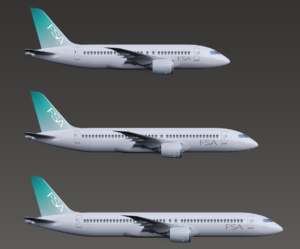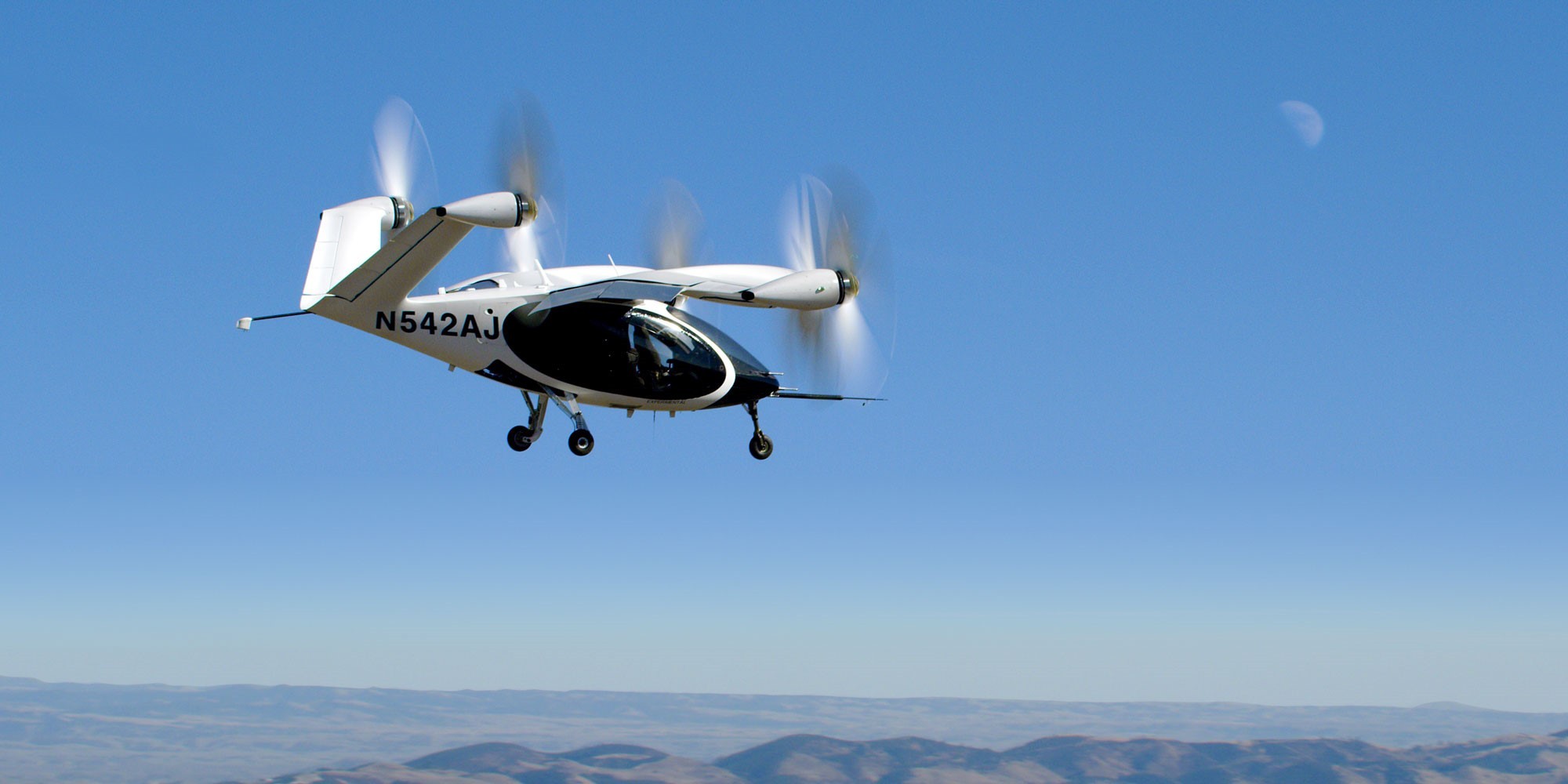Leeham News and Analysis
There's more to real news than a news release.
HOTR: Could airport caps lead to 777X success?
Sept. 6, 2022, © Leeham News: Will Europe’s airport passenger caps ultimately save the Boeing 777X?
Sometimes it’s more important to be lucky than it is to be good.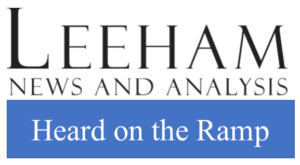
It may be purely speculative, but Boeing may well be on the verge of being lucky.
Amsterdam and London Heathrow imposed daily caps of 67,000 and 100,000 passengers, respectively. Other airports considered following suit. The caps were imposed because airport operations were melting down. Short staffing across several professions, including passport control, was blamed.
The short-staffing no doubt will be rectified eventually. But some industry observers speculate that the European Union may decide to impose flight capacity restrictions as one way to reduce aviation emissions. This, some think, might result in a sales boost for the slow-selling 777X.
ICAO report outlines steps to reduce aviation’s carbon output
Subscription Required
By BRYAN CORLISS
Sept. 5, 2022, © Leeham News: Saying the climate crisis now is at “Code Red for Humanity,” the UN-sponsored International Civil Aviation Organization is calling on nations and companies to increase their investments toward techniques and technologies that can reduce aviation’s climate impact.
 It won’t be easy, ICAO said in its Environmental Report 2022, which was released in July.
It won’t be easy, ICAO said in its Environmental Report 2022, which was released in July.
The aviation industry will be one of the hardest to ween off carbon-based forms of energy, a recent report concluded.
“Scaling the production of sustainable aviation fuels (SAF) and other energy sources requires substantial investment and financial support from both fuel suppliers and governments on top of what would be needed for associated infrastructural changes,” the report said. “This is particularly important, considering that the drop-in fuels have the largest potential to reduce the overall emission from international aviation by 2050.”
Read more
Pontifications: Some customers face 3 month delays in current 737 MAX delivery stream
Sept. 5, 2022, © Leeham News: Boeing has been delivering 737s from its stored inventory and its new production line more slowly than desired. Some customers face a three-month delay, even as Boeing tries to return to normalcy following the 21-month grounding of the MAX and the impact of the two-year pandemic.
The supply chain is a key culprit. Reconfiguring stored airplanes for lessees or buys after a change from the original operator is another. Engine shortages are still another.
BOC Aviation, a lessor headquartered in Singapore, faces three months delays, Robert Martin, the CEO, said in an interview with LNA.
Bjorn’s Corner: Sustainable Air Transport. Part 35. Lilium battery cells.
September 2, 2022, ©. Leeham News: This is a summary of the article Part 35P, Lilium battery cells.
It discusses the requirement the Lilium jet principle puts on its battery cells and how this is solved, both with a slightly different cell type and with some operational adaptations.
Bjorn’s Corner: Sustainable Air Transport. Part 35P. Lilium battery cells. The deeper discussion.
Subscription required
September 2, 2022, ©. Leeham News: This is a complementary article to Part 35, Lilium battery cells. It discusses the requirement the Lilium jet principle puts on its battery cells and how this is solved, both with a modified cell type and with some operational adaptations.
Engine Development. Part 3. The early turbofans.
Subscription Required
By Bjorn Fehrm
Introduction
September 1, 2022, © Leeham News: Last week, we looked at the motivation to change from propeller engines to jet engines as higher cruising speeds were sought for airliners.
We learned the straight jet engine, while good for military jets, wasn’t well suited for civil airliners. It was noisy and fuel-thirsty. It was why the subsequent engine development, the turbofan, was quickly accepted by the airlines.
Summary
- The first turbofans from Rolls-Royce, Pratt & Whitney, and GE had different designs.
- The advantages of the turbofan over the straight jet were quickly recognized. The turbofan has been the choice for airliners since the late 1950s.
Pontifications: Signs point to China OK soon for Boeing deliveries, orders
Aug. 29, 2022, © Leeham News: The Chinese government appears on a path toward authorizing Boeing to resume deliveries to airlines by or early in the fourth quarter, China watchers tell LNA.
China hasn’t placed new orders for Boeing aircraft, with few exceptions, since then-President Donald Trump initiated a trade war with China shortly after taking office in 2017.
Nor has China taken delivery of more than single-digit numbers since 2019, following the grounding of the 737 MAX in March that year. China’s regulator, CAAC, was the first to ground the domestic MAX fleet following the second accident of the type in March 2019, five months after the first accident.
China was the last major regulator to recertify the MAX, in December 2021, following the FAA’s recertification in November 2020. But CAAC has not authorized deliveries. It appeared on the cusp of doing so when last May a China Eastern Airlines 737-800 nose-dived from cruising altitude into the ground, killing all aboard. CAAC ordered China Eastern and its affiliated airlines to ground all 737-800s, a move widely believed to be unwarranted given the circumstances of the crash that tentatively pointed to a cockpit-controlled dive. Later investigation largely confirmed this, though no accident report has been released yet.
Because of the crash, CAAC withheld authorization for Boeing to resume deliveries of the MAX. Geopolitical considerations also are believed to have played a role as tensions between the Washington and Beijing continued over the unresolved trade war, China’s straddling sides in the Russian-Ukraine War, and visits by members of the US Congress visited Taiwan. China regards Taiwan as a renegade province and objects to political visits by other countries.
Bjorn’s Corner: Sustainable Air Transport. Part 34P. eVTOL battery cells. The deeper discussion.
Subscription required
August 26, 2022, ©. Leeham News: This is a complementary article to Part 34, eVTOL battery cells. It discusses the trickiest system on an eVTOL, the battery system, and its key component, the battery cells.
The Lithium-Ion cells in an eVTOL battery system are the core of the energy supply system. The cells are of a high power and energy type and must be used and managed correctly to last long and be safe.
Bjorn’s Corner: Sustainable Air Transport. Part 34. eVTOL battery cells
August 26, 2022, ©. Leeham News: This is a summary of the article Part 34P, eVTOL battery cells. It discusses the main component of the battery system, the battery cell.
The Lithium-Ion cells in an eVTOL battery system are the key components of the energy supply system. The cells are of a high power and energy type and must be used and managed correctly to last long and be safe.




